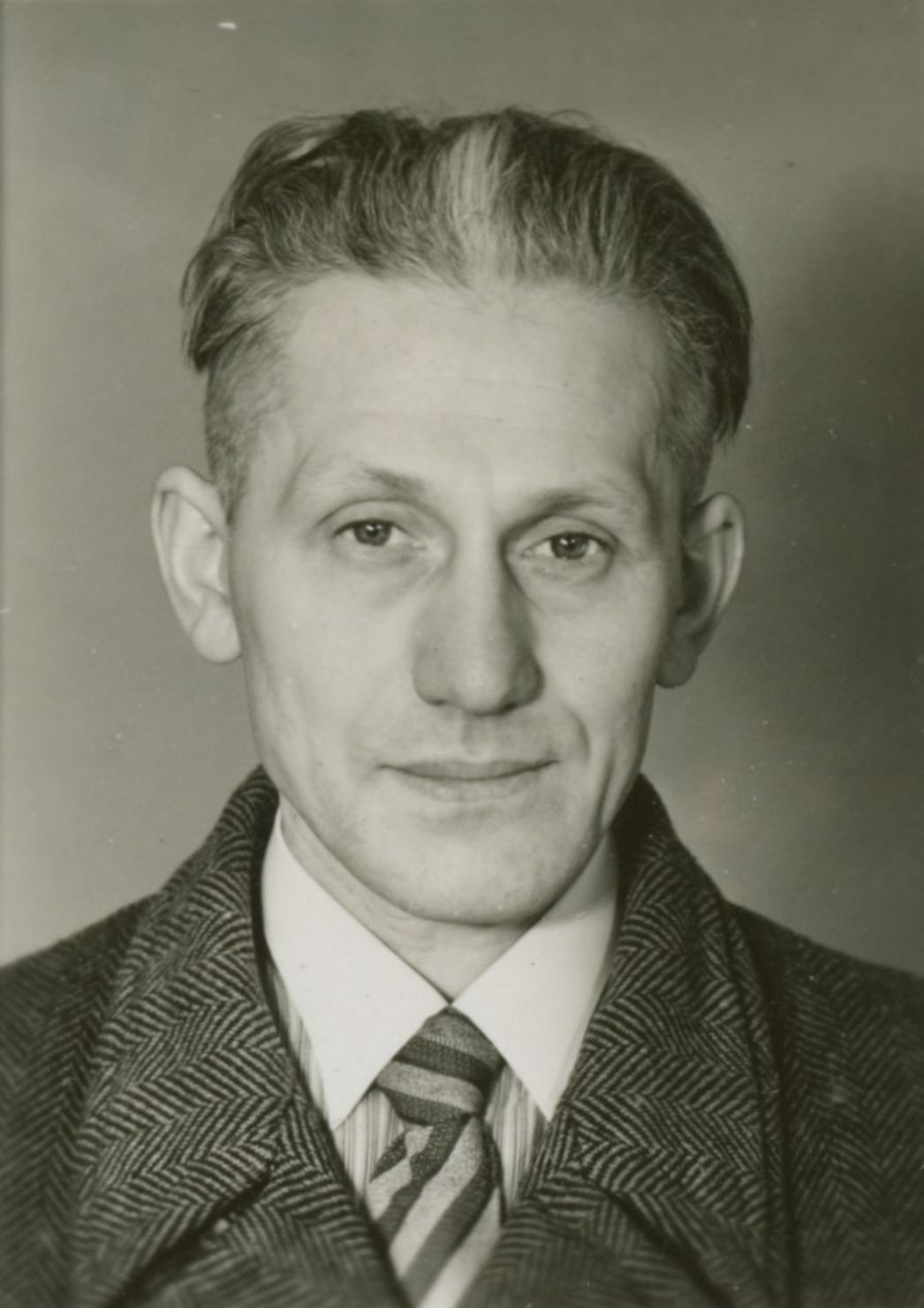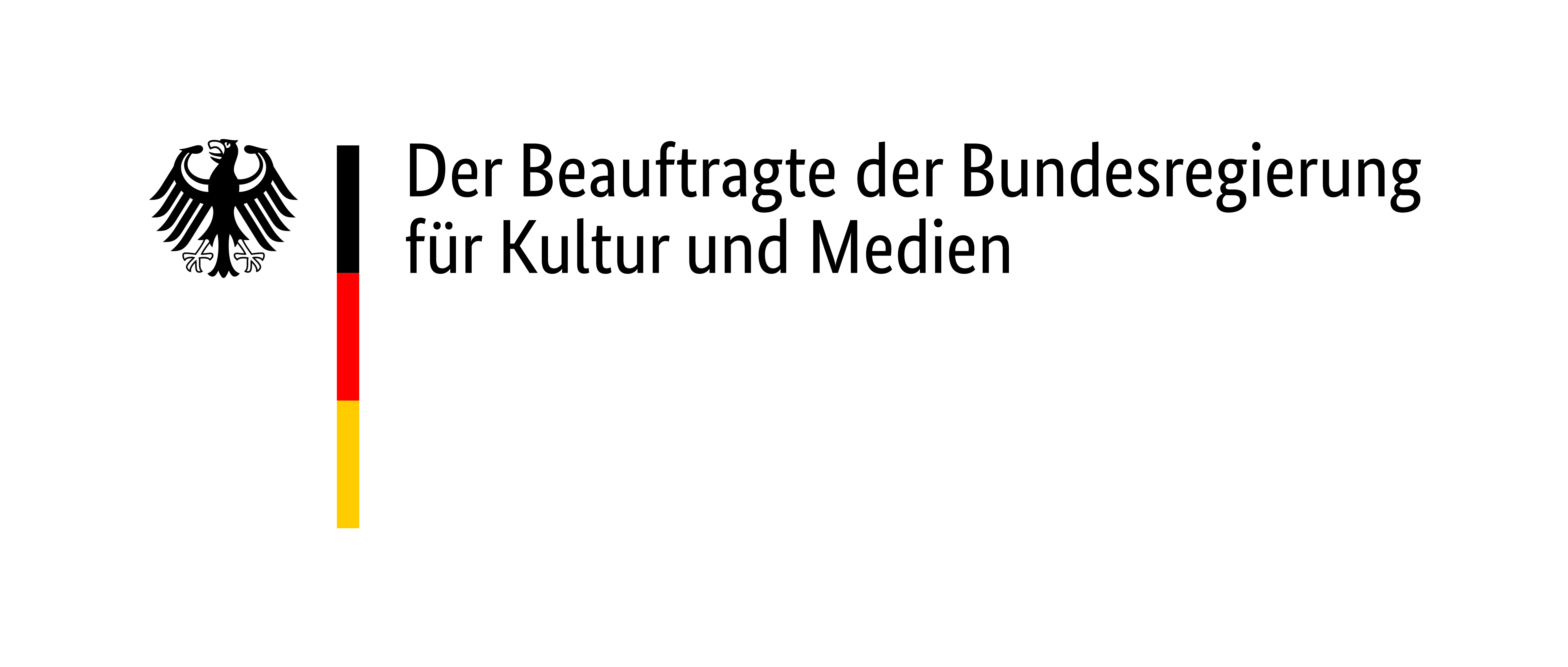
Before even reaching the age of twenty, Peter Pollmanns suffered permanent bodily damage from a war injury and was unable to perform heavy physical labour. The trained house painter soon had difficulties supporting his wife and daughter. His marriage fell apart and his physical condition worsened. Refusing to accept the fact that he was unable to do certain kinds of work, the welfare office withheld its support and considered force the best remedy. He was one of more than 4,000 men committed to the Buchenwald concentration camp for similar reasons from April 1938 onward. They had to wear black triangles, the symbol of the “work-shy” or “asocials”. He was released in 1940, but a complaint brought him back to Buchenwald in 1942. As a “recidivist” he survived for only a few months.

